Creating child friendly learning environment
Open houses and informal classes
Working in HCMC districts where large numbers of migrants live, Save the Children is constantly faced with children that have dropped out of school or are at risk of dropping out. Once out of school, the risk grows that these children will be engaged in child labour. Many migrant children who are not in school, will work, at least some hours per day, in restaurants, small businesses or they end up selling lottery tickets or flowers in tourist areas.
Government and local NGO’s have set up some ‘open houses’ for migrant and street children. Safe places where they can come and study or play when not at work. Save the Children is not directly involved in setting up these safe places but does provide support and training to improve the quality of the education and support.
Nguyenlu Gia, WNCB project manager for Save the Children, explains: “These open houses are part of the emergency child protection service. It is the very first step in providing help to drop out children. One step up in the support chain, there is a system of informal schooling, often organised by religious organisations such as the Catholic churches or Buddhist pagodas. These informal classes provide chances, for example, for children that want to go back to school, but have become too old to enter formal education at their level. It is good that street, migrant and disadvantaged children can attend these informal classes, but of course the quality is not as good as in the formal schools. That is why we provide support to improve the quality of education. Often, the informal classes are also supported by formal schools in the area. So, here is a good example of a link with the formal education system, a link that we always strive to make.”
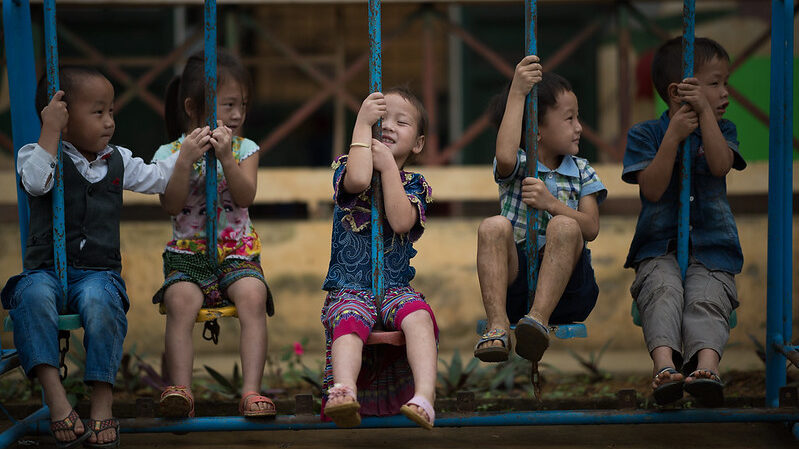
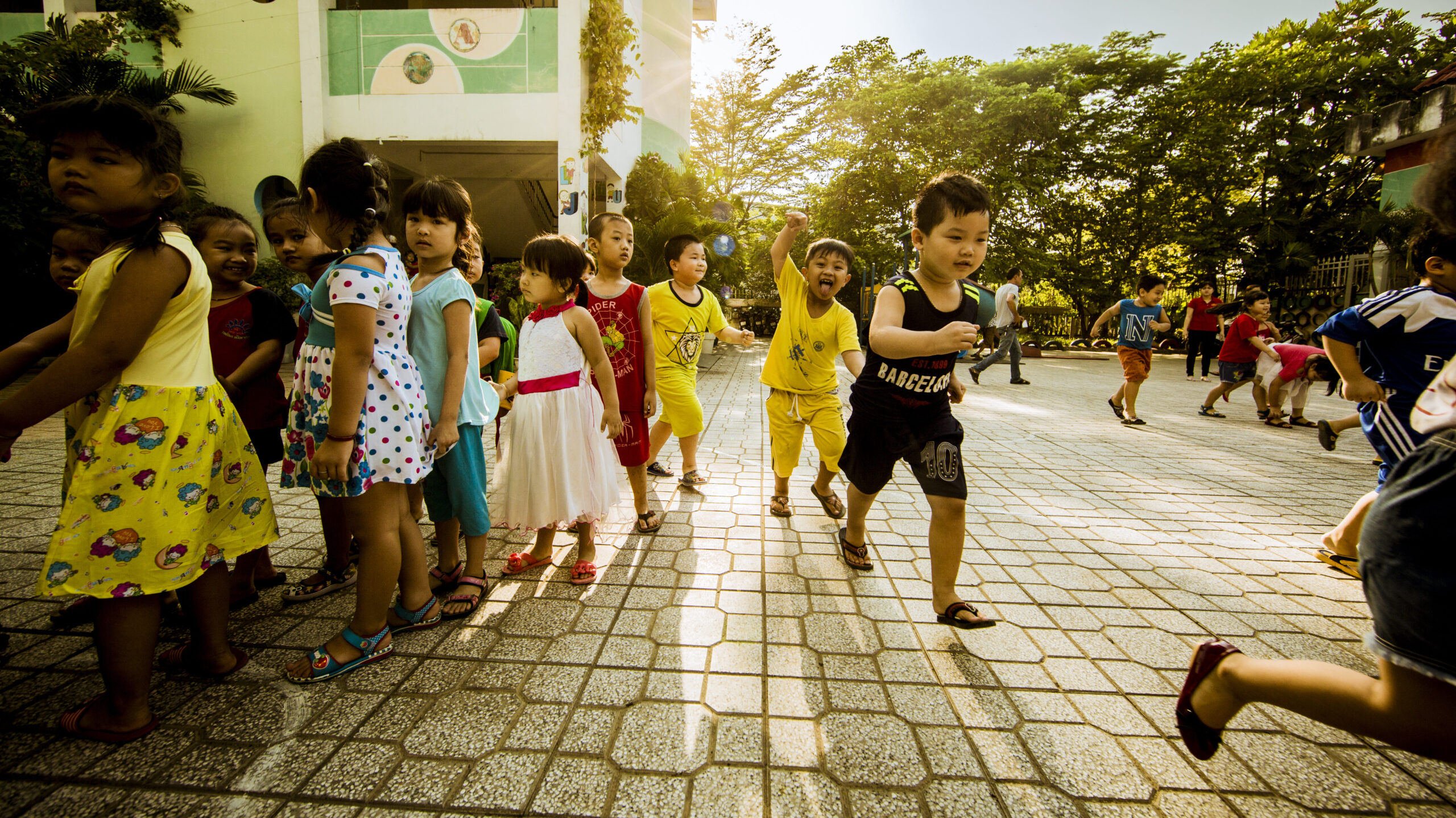
Returning to schooling
“If children drop out and do not attend classes, they are an easy target for child labour,” Nguyenlu Gia continues. “They usually live in very poor families. So, working and supporting the family income is common. Getting these children back into the formal education system, or at the very least into informal classes, is always our first goal. If they can enter formal education or training , they increase their chances on finding decent work later. If they enter informal classes, they may be able to re-enter formal education later, or connect with one of the vocational training centres.”
Speaking with the parents and explaining them about the harmful effects of not attending school is the first step. However, after having been engaged in work, returning to school can be difficult for various reasons. Apart from not linking to the educational level of their own age group, children may face bullying when trying to return to school. Unfortunately, this is quite common. Other reasons for not returning to school may also be the fear of corporal punishment, which is still in practice in many schools. Or it may be the fact that sometimes the quality of the education is so bad that children simply get bored and leave again.
Creating a child friendly learning environment
To address the challenges mentioned, Save the Children focuses on improving the quality of education and creating child friendly learning environments, both in formal and informal education. Nguyenlu Gia: “A child friendly learning environment is a place where positive discipline methods are in place, where children and parents can participate and raise ideas, and where psychosocial support is available when needed. In order to create such child friendly learning environments, we have developed and applied some adapted approaches in our HCMC areas that have proved to be so successful that they are now being implemented in other regions in the country too.”
Positive discipline
“We support the positive discipline and child friendly class management by teachers. We encourage teachers to stop corporal punishment by replacing it with positive discipline methods in everyday teaching in all our target schools. We have developed a positive discipline curriculum, conduct the training of the teachers, and we help to organise the further training for the rest of the teachers in the schools. After finishing the training, teachers know how to manage a class in a positive way, how to treat children when they misbehave, but not by physical punishment.”
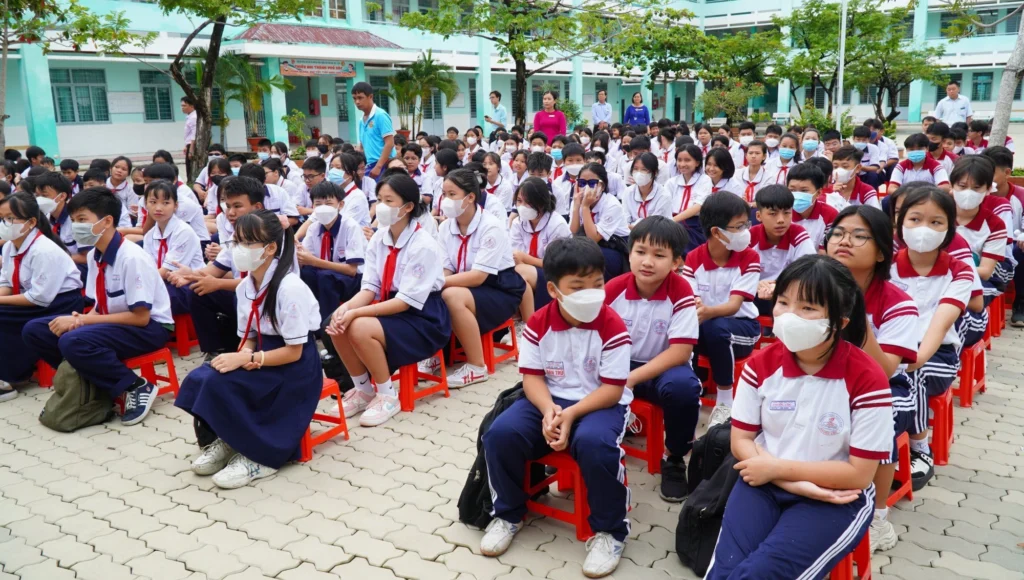
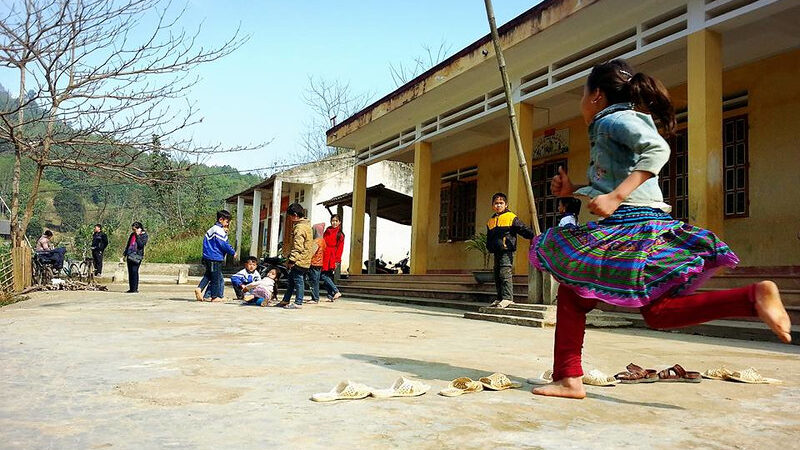
Child-led groups
“We strengthen the participation of children in creating child friendly schools. In Vietnam, schools are, traditionally, not a place where children easily raise their voice to come up with ideas or participate in other ways. Yet, this is important if you want to create an environment where they can feel at ease and safe. Therefore, we establish child-led groups in all our schools. Apart from raising new ideas, they collect and monitor violence by teachers but also the bullying by other children. We support schools to introduce feedback mechanisms that are easily accessible for these child-led groups.”
Counselling services
“We continuously try to help improving the counselling services at school, especially for street children and disadvantaged children. Counsellors should be able to provide psychosocial support, making children talk about what they are feeling and experiencing at the school.”
School dialogues
“We are encouraging schools to put into place what we call school dialogues. These are active dialogues between teachers, school management, children, and parents. It works like this. In a first dialogue round, all the participants can share their ideas, opinions, and expectations with each other. This is already a step that is not too common in many schools. The second dialogue round, however, is where it becomes really interesting. In this round we ask the different groups of participants to take on the role of one of the other groups, and then tell what they would do to create a child friendly learning environment. So, children can step into the role of the teacher, parents in the role of school management, etc. The result is that this role play liberates participants and enables them to speak more freely. This method is new in Vietnam. We started using it, some years ago now, in a limited number of our schools. But it has led to very good results, which is why we are planning to re-applicate it in other schools. Also, some other districts in HCMC will start applying this method to all of their schools.”

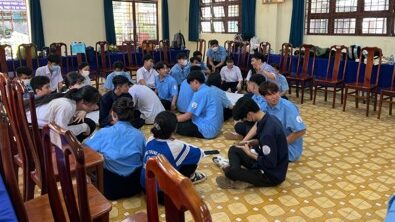
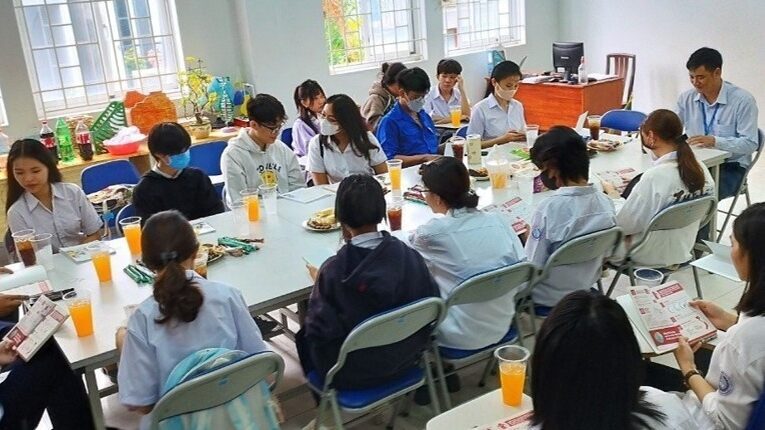
Learning life skills at vocational training centres
All of the above methods to create child friendly learning environments are being implemented at primary and secondary schools, as well as at vocational training centres, where dropout risks are also high. Vocational training centres provide informal and non-formal training to students and children that are not in formal education. The vocational centres’ aim is to help develop a skilled workforce that contributes to making the country economically competitive. Most of these centres have been set up with support of the Ministry of Labour, Invalid and Social Affairs.
Apart from introducing the child friendly learning environments at vocational training centres, following the methods described, Save the Children puts much effort into the additional training of life skills. “In Vietnam, vocational training centres are very much focused on theoretical skills for a profession or trade,” Nguyenlu Gia explains. “We tend to forget about the training of soft skills and more practical life skills. For example, how to compose your cv, how to write an application letter. How to communicate when entering a job, how to create a good working relationship with colleagues. How to manage your finances. We have developed a life skills training curriculum that contains exactly these types of topics, so that students are much better prepared and have better chances of finding decent work and leading a good life.”
“We can witness in many places that the environment at schools has become more child friendly. It makes me happy whenever I see school management consulting with children and parents. When I see teachers seriously responding to children’s opinions. And I am glad to see that some of our initiatives, such as the school dialogues, are really leading to an overall more friendly relationship between teachers, parents, children.” Nguyenlu Gia, WNCB project manager for Save the Children
Currently, Save the Children works with six vocational training centres in four districts. The curriculum is expected to be deployed in other vocational training schools too.
